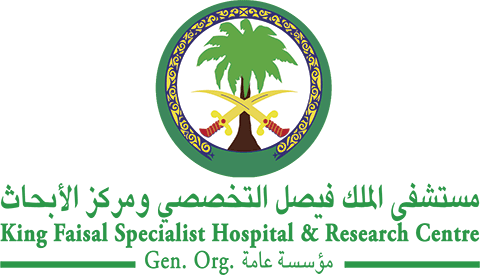Abstract
BACKGROUND: Intraluminal therapies like brachytherapy can locally destroy the obstructing tumour and thus increase the duration of catheter/stent patency in patients with unresectable malignant biliary obstruction (MBO). OBJECTIVES: Evaluate the safety and efficacy of percutaneous transhepatic biliary drainage (PTBD) followed by HDR Intraluminal Brachytherapy (ILBT) in the palliative treatment of malignant biliary obstruction. DESIGN: Prospective observational study SETTING: An academic tertiary care hospital in Himachal Pradesh PATIENT AND METHODS: All consenting consecutive patients of MBO from January 2021 to March 2022, who were unfit for alternate treatment modalities were enrolled in our study and underwent percutaneous transhepatic biliary drainage (PTBD) with internalisation. Eleven consenting patients underwent subsequent ILBT, which was given in two sessions (800 cGy each session– one week apart) with iridium-192 prescribed at 1.5 cm from the central axis of the catheter, via the percutaneous biliary catheter. 2nd session was followed up by endoluminal stenting in the same sitting. The patients having ECOG status< 4 and a 50% decline in bilirubin/ <5mg/dL on day 10 after PTBD were taken up for ILBT. Biliary stent/catheter patency period, survival duration, and the mean bilirubin level(mg/dL) decline were recorded. MAIN OUTCOME MEASURES: Survival period, stent/catheter patency and incidence of complications. SAMPLE: 66 patients of MBO, unfit for alternate treatment modalities who underwent PTBD with internalisation. 11 consenting patients underwent subsequent ILBT. RESULTS: Sixty-six patients were included and classified into ILBT or PTBD-only groups. The median survival period for the ILBT group vs PTBD group was 172(84.5- 273.5) days vs 45(30.75-83) days, P-VALUE=
Recommended Citation
Sood, Shikha; Alexander, John V; Gupta, Manish; and Chauhan, Ashish
(2023)
"To compare the safety and efficacy of intraluminal brachytherapy vs isolated percutaneous transhepatic biliary drainage for unresectable malignant biliary obstruction - A prospective observational study,"
Hematology/Oncology and Stem Cell Therapy: Vol. 17
:
Iss.
1
, Article 10.
Available at: https://doi.org/10.56875/2589-0646.1092
Creative Commons License

This work is licensed under a Creative Commons Attribution-Noncommercial-No Derivative Works 4.0 License.
Included in
Cancer Biology Commons, Hematology Commons, Oncology Commons

